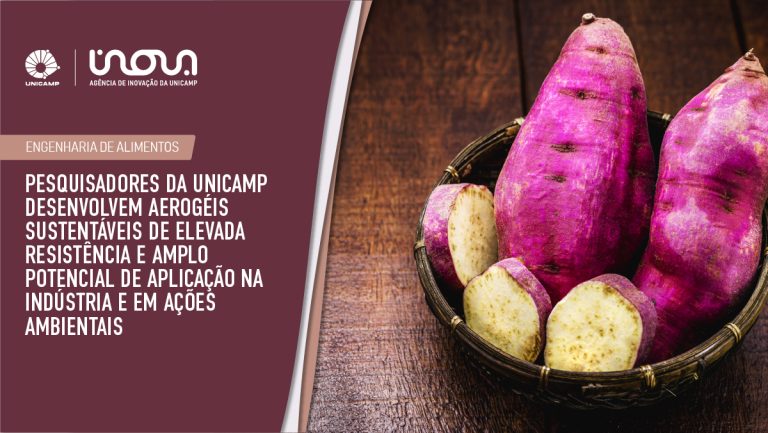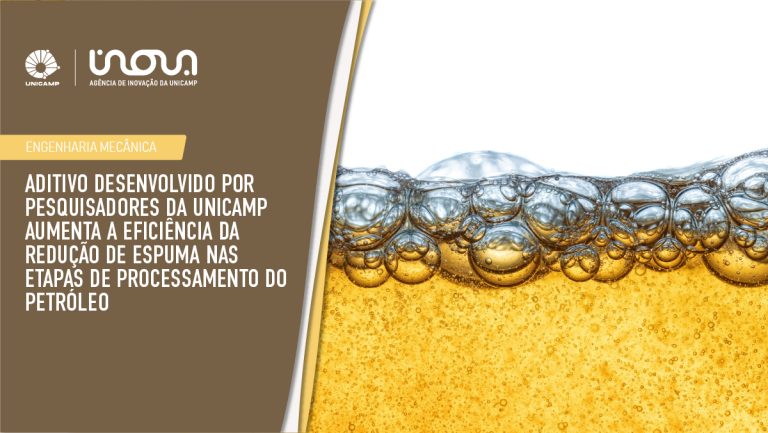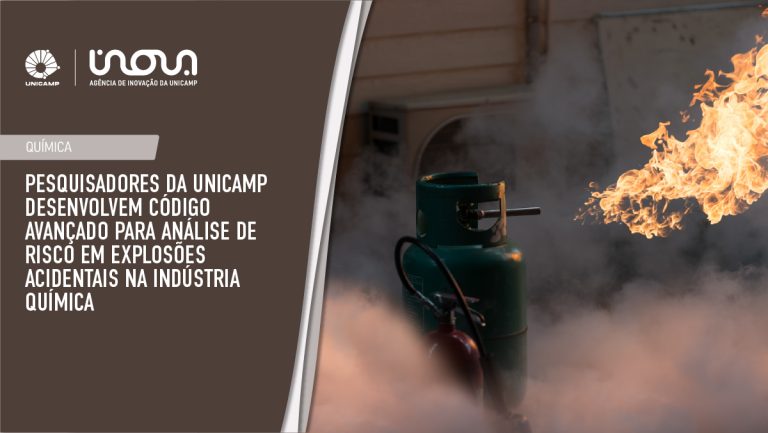Incorporating graphite pigment catalyst for producing gas diffusion electrode, involves selecting catalysts from copper, zinc, copper oxide or zinc oxide groups
NOVELTY – Graphite pigment catalyst incorporation involves selecting catalysts from copper, zinc, copper oxide or zinc oxide groups. The catalysts are added to graphite dye via thermal decomposition of metal salt with methanol. The metal salt is mixed with methanol by applying ultrasound for 2 hours, in which graphite pigment and methanol are added. The formed mixture is heated in greenhouse in an oven, and the cooled under nitrogen atmosphere. USE – Method for incorporating graphite pigment catalyst for producing gas diffusion electrode. ADVANTAGE – The method provides enhanced graphite pigment catalyst having small diameter, and enhanced exposed surface area, selectivity and efficiency. DETAILED DESCRIPTION – INDEPENDENT CLAIMS are included for the following: (1) a method for laminating gas diffusion electrode, which involves crushing pigment-catalyzed graphitic, adding oil and polytetrafluoroethylene and then pressing and heating; (2) a method for obtaining gas diffusion electrode, which involves mixing metal salt with methanol by applying ultrasound, adding graphite pigment and methanol by applying ultrasound and then heating in nitrogen atmosphere, where the formed mixture is cooled and ground with oil and polytetrafluoroethylene; and (3) a method for converting carbon dioxide into liquid fuels electrochemically, such as formic acid, methanol and ethanol, which involves filling jacketed cell with a 0.1 M sodium sulfate solution. DESCRIPTION OF DRAWING(S) – The drawing shows a schematic flowchart of the catalyst fusing method on graphite pigment for producing gas diffusion electrode. (Drawing includes non-English language text).
Main Application Field
A97 (Miscellaneous goods not specified elsewhere – including papermaking, gramophone records, detergents, food and oil well applications.); E34 (Compounds of Li, Na, K, Rb, Cs, Fr.); J03 (Electrochemical processes and electrophoresis – including ozone production, brine electrolysis, water electrolysis, production of chemical compounds and non-metallic elements, but excluding batteries or other means of producing power and the treatment of metals (C25B).); J04 (Chemical/physical processes/apparatus – including catalysis, catalysts (excluding specific e.g. enzymatic or polymerisation catalysts), colloid chemistry, laboratory apparatus and methods, testing, controlling, general encapsulation, detection and sampling (excluding clinical testing) (B01J, L).)
INVENTORS:
BERTAZZOLI RODNEI
HENN FERREIRA LETICIA
512_FORMICO
Patent number: BR201104817-A2
PATENT STATUS:
For information contact Inova Unicamp
FOR ADDITIONAL INFORMATION:
parcerias@inova.unicamp.br
+55 (19) 3521-5207 / 2607
This technology profile has been automatically generated.








